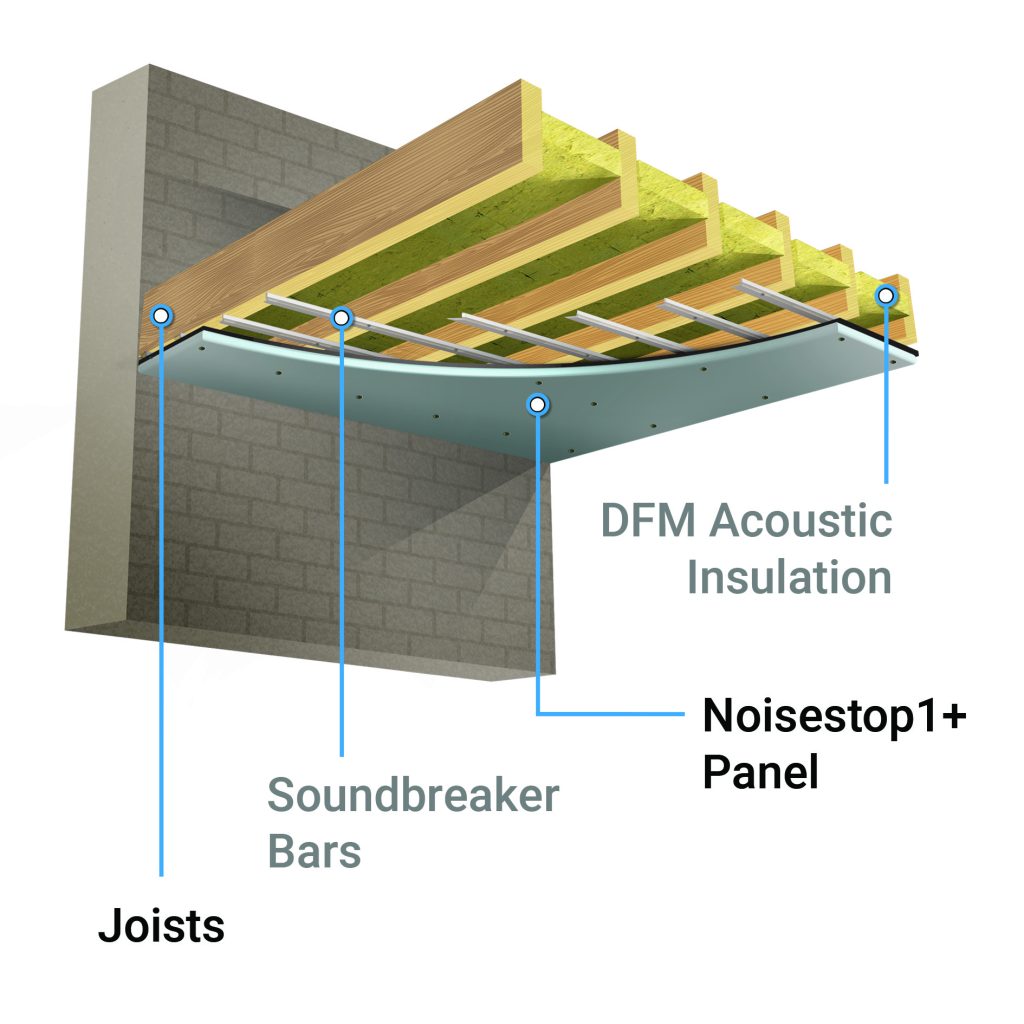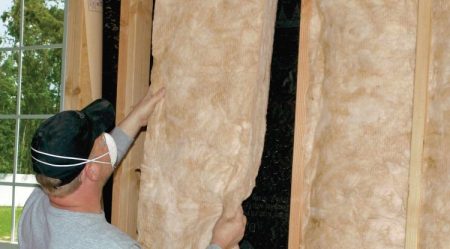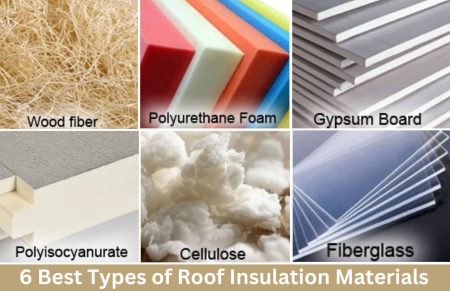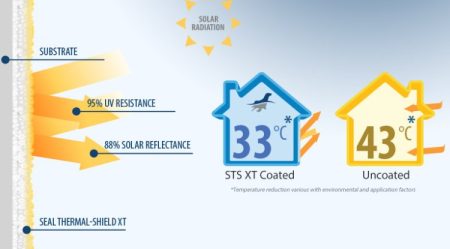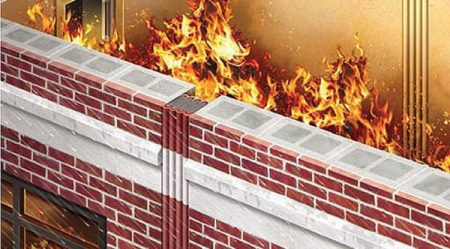Roofing Design for Enhanced Soundproofing
When it comes to creating a peaceful and quiet indoor environment, the design of your roof plays a crucial role. Roofing design for enhanced soundproofing involves strategic choices that minimize the impact of outdoor noise and create a serene living or working space. In this article, we will explore various design considerations and techniques to achieve optimal soundproofing for your roof.
Contents
Understanding the Importance of Roof Design in Soundproofing
-
The Impact of Roofing Materials
The choice of roofing materials significantly affects soundproofing capabilities. Opting for heavyweight materials, such as concrete tiles or slate, can provide better sound insulation by reducing noise transmission.
-
Creating an Air Gap
Incorporating an air gap within the roof structure can enhance soundproofing. This gap acts as a buffer zone, preventing sound waves from easily penetrating the roof and entering the interior space.
-
Roof Slope and Overhangs
The slope and overhangs of a roof can influence its soundproofing effectiveness. Steep roofs with extended overhangs help deflect and disperse sound waves, reducing their impact on the building.
-
Insulation Techniques
Proper insulation is essential for soundproofing roofs. Utilizing acoustic insulation materials, such as mineral wool or foam panels, can effectively absorb and dampen sound waves, preventing their transmission.
Design Techniques for Soundproof Roofs
-
Double-Layered Roof Structure
Incorporating a double-layered roof structure with an air gap between the layers significantly improves soundproofing. The additional layer acts as an extra barrier, reducing the transmission of noise.
-
Sealing and Weatherstripping
Paying attention to sealing gaps, cracks, and openings is crucial for effective soundproofing. Properly sealing the roof ensures that sound waves cannot easily infiltrate the interior space.
-
Roof Deck Insulation
Installing insulation material on the roof deck provides an additional soundproofing layer. This technique helps minimize noise penetration and improves overall sound insulation performance.
-
Green Roof Systems
Green roof systems, consisting of vegetation and soil layers, offer natural sound absorption properties. They help dampen sound waves, creating a quieter indoor environment.
Frequently Asked Questions (FAQs)
1. Can I soundproof an existing roof? Yes, it is possible to improve the soundproofing of an existing roof. Techniques such as adding insulation, sealing gaps, and installing mass-loaded vinyl can be applied to enhance soundproofing.
2. What roofing materials are best for soundproofing? Heavier roofing materials, such as concrete, clay tiles, or slate, provide better sound insulation compared to lighter materials like metal or asphalt shingles.
3. How much can soundproof roofing reduce noise levels? Soundproof roofing can significantly reduce the impact of outdoor noise, creating a quieter indoor environment. The extent of noise reduction depends on various factors, including the chosen materials and design techniques.
4. Are there any aesthetic considerations when choosing soundproof roofing? Many soundproof roofing options offer a wide range of aesthetic choices, ensuring that you can achieve both sound insulation and a visually appealing roof design.
5. Can soundproof roofs improve energy efficiency? Yes, soundproof roofs often provide additional thermal insulation benefits, helping to regulate indoor temperatures and improve energy efficiency.

